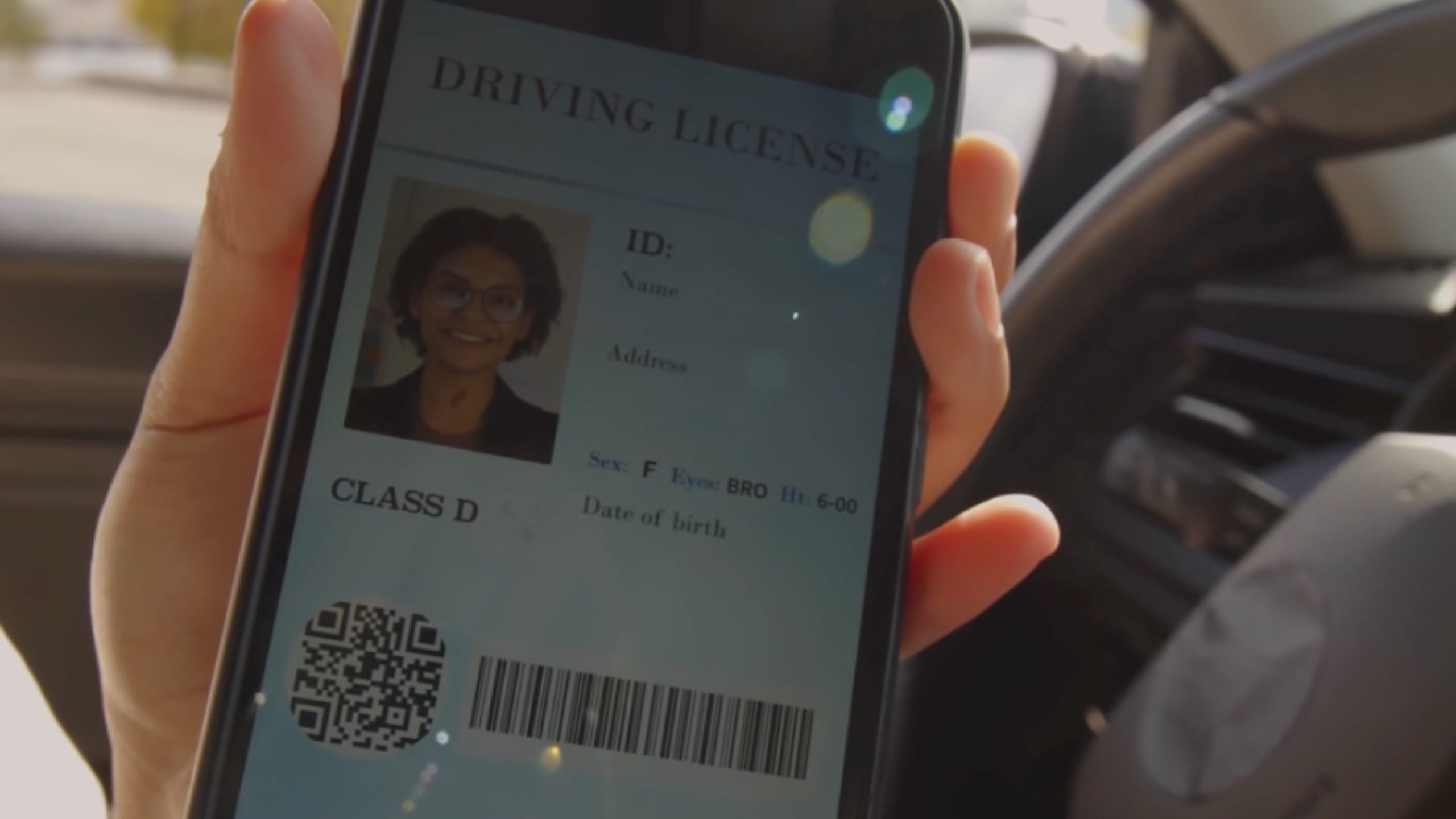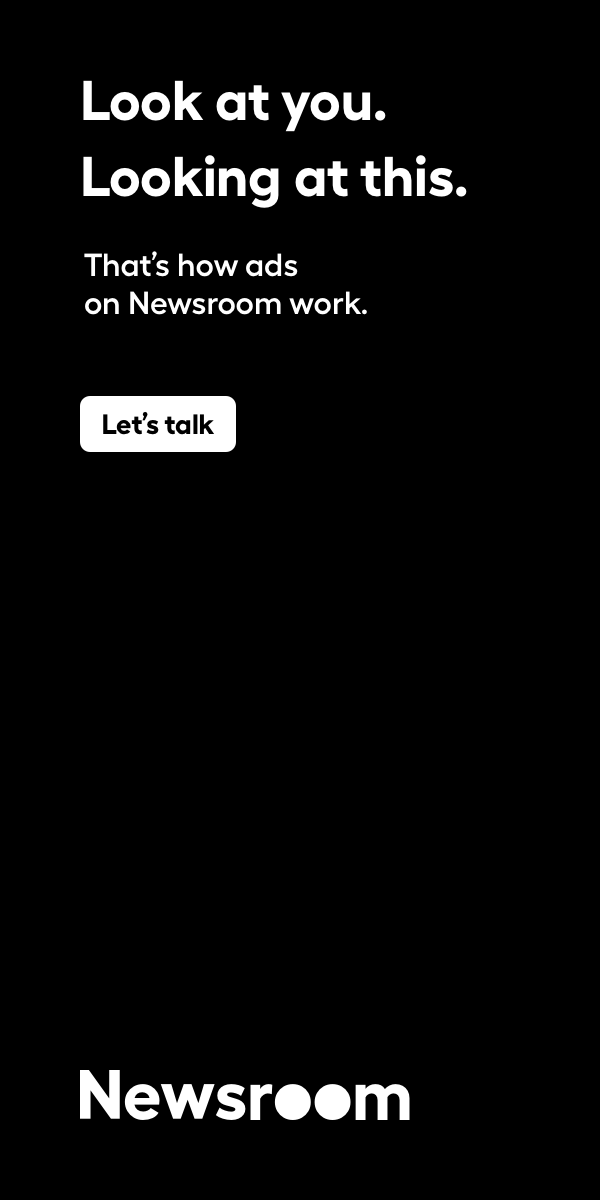South Africa’s communications minister Solly Malatsi has demonstrated a prototype MyMzansi digital driving licence system. It processes a licence renewal in a matter of minutes during his opening address at the Global DPI Summit. According to technology publication MyBroadband, Malatsi described MyMzansi as “South Africa’s one-stop, zero-rated platform for government services.” He used a driver’s licence renewal to showcase the working prototype.
During the live demo, Malatsi opened a digital wallet in the MyMzansi app. It showed a virtual driving licence card with the holder’s name, card number, licence category and outstanding traffic fines. Users select a renewal option, complete an in-app form with their ID number, name and contact details, sign digitally and capture a photo. They then proceed to a secure payment page. The demo included card payments and Apple Pay. Afterward, the renewed digital licence appeared immediately in the app.
The digital licence includes a QR code that traffic officers can scan to verify authenticity. Malatsi argued that digital verification should help curb roadside bribery. He stated that the system will confirm on the spot whether a licence is valid.
Experts Warn South Africa is “Not There Yet”
While the MyMzansi digital driving licence prototype signals a major push toward digital government services, technology analyst Arthur Goldstuck has cautioned that South Africa faces significant hurdles. These challenges come before such licences can replace physical cards. Speaking to MyBroadband, the World Wide Worx CEO said “we’re definitely not there yet.” He pointed to frequent downtime at Home Affairs offices as an example of fragile state IT systems.
Goldstuck highlighted that millions of residents still lack reliable smartphones or network coverage, despite growing mobile adoption. He argued that security must be the priority. He is calling for strong encryption, biometric verification and systems that can also function offline. Goldstuck warned that if tenders go to the “wrong vendors,” the country risks weak systems and wasted public funds.
According to MyBroadband’s reporting on Parliament, Rikus Badenhorst, who chairs the Select Committee on Public Infrastructure and the Ministries in the Presidency, has urged the transport department to fast-track digital licences. However, the Driving Licence Card Account’s annual performance plan sets no performance targets before the 2026/27 financial year. It aims for 25% implementation of a new card project in 2026/27 and 75% in 2027/28.
Government Push
Government officials present MyMzansi as a way to simplify access to multiple state services through a single, zero-rated app, with the MyMzansi digital driving licence as a flagship example of what could be offered. Malatsi emphasised that the prototype connects to existing Department of Transport and NaTIS systems. It verifies credentials and issues a digital licence within minutes.
At the same time, Goldstuck’s concerns over security, infrastructure and digital exclusion remain unanswered in detail. Authorities have not yet announced revised rollout timelines beyond the DLCA’s medium-term targets. This situation leaves the prototype as an early glimpse of a system that will still take years to implement nationwide.


